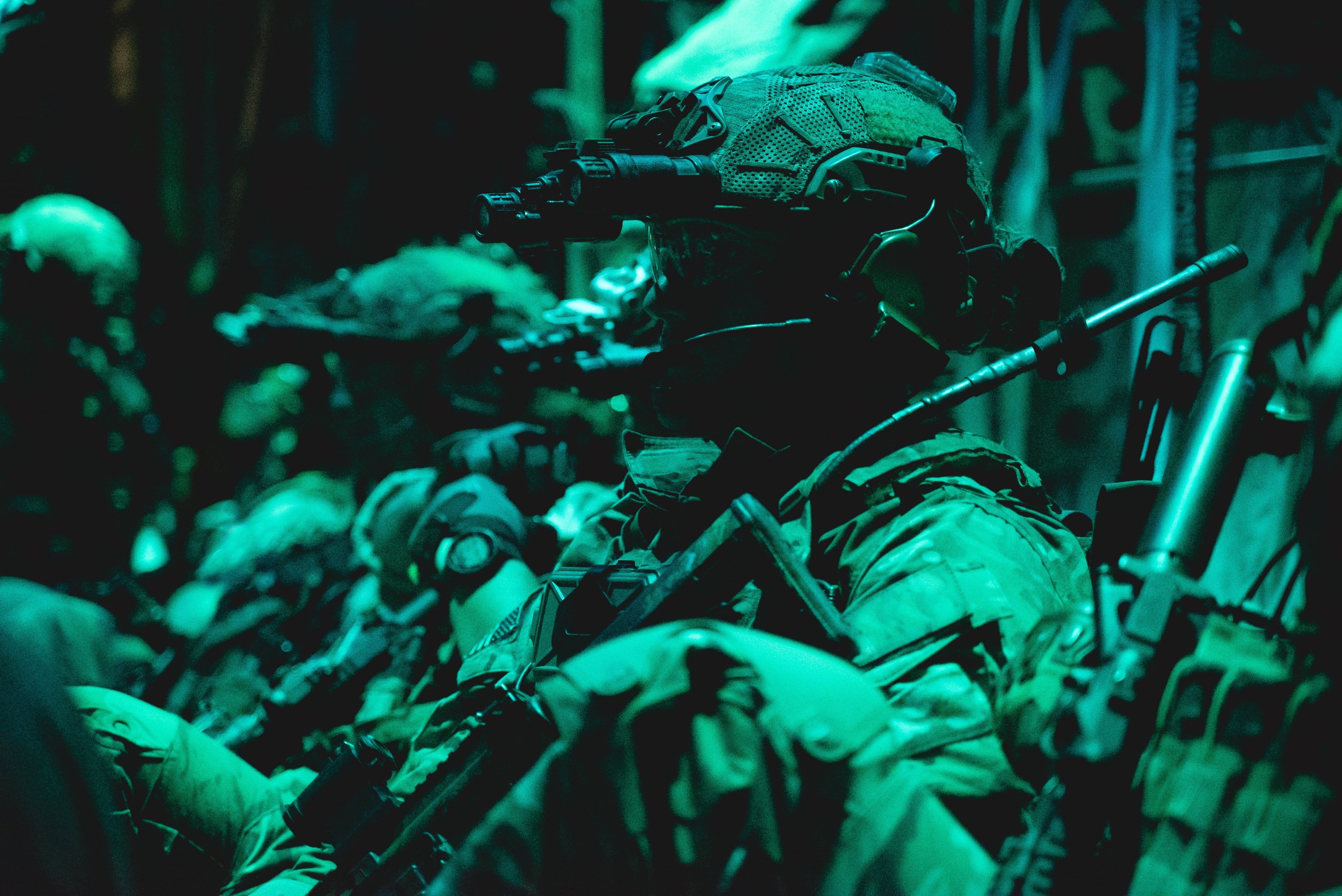Twenty years into the Global War on Terror, the Defense Department is moving to regulate the amount of time that troops spend at home in between deployments, starting Nov. 10.
A goal that the services have strived for, at least in rhetoric, for more than a decade could become a reality. The new standard for deployment-to-dwell ratio would be at least 1:3, according to a memo signed Aug. 16, meaning active-duty troops would spend three years at home for every one year deployed or mobilized.
“The intent is for Combatant Commanders at every level to ensure that individual Service members, regardless of unit assignment, are not repeatedly exposed to combat, do not experience disproportionate deployments, and do not spend extended periods of time away from their homeport, station, or base unless required by operational necessity,” the memo reads.
The current standard ratio for active-duty troops 1:2, which can only be broken with defense secretary approval. For the reserve component, the current 1:4 standard would bump up to at least 1:5.
“These ratios apply only to dwell time for Service members who have completed a deployment of 30 days or more,” according to the memo.
The memo calls on the service secretaries to meet the new ratios, but allows for them to fall back on 1:2 or 1:4, or less, when deemed necessary.
With the end of the war in Afghanistan, the services have a much greater chance of meeting these deployment-to-dwell ratios than at any other time in decades.
While 15-month Army deployments became a standard during the height of GWOT, in recent years, mobilizations have regulated down to more like nine months for soldiers and Marines, six months for airmen and six to nine months for sailors, though different deployments often call for different durations and last-minute extensions.
RELATED

Special operations deployments tend to be much shorter, perhaps only three to six months, but reset and training cycles in between are much shorter, often resulting in operators who deploy every other year, or more.
Though troops and advocates have been calling for more spread out deployments for years, there may be situations where deploying less isn’t necessarily ideal.
“We might have overcorrected on the, kind of, deploy-to-dwell type of ratio,” Lt. Col. Katie Crombe, the director of strategy, plans and policy for Special Operations Command Central, said Monday during an event at the New America Security Forum.
While more time at home is good, it can also make troops accustomed to action antsy, and perhaps less likely to stay in uniform.
“People were deployed too much for many years,” she said. “Now there are many people feeling kind of underused after 20 years of continuous deployments, and really feeling like they were part of something bigger.”
Meghann Myers is the Pentagon bureau chief at Military Times. She covers operations, policy, personnel, leadership and other issues affecting service members.





